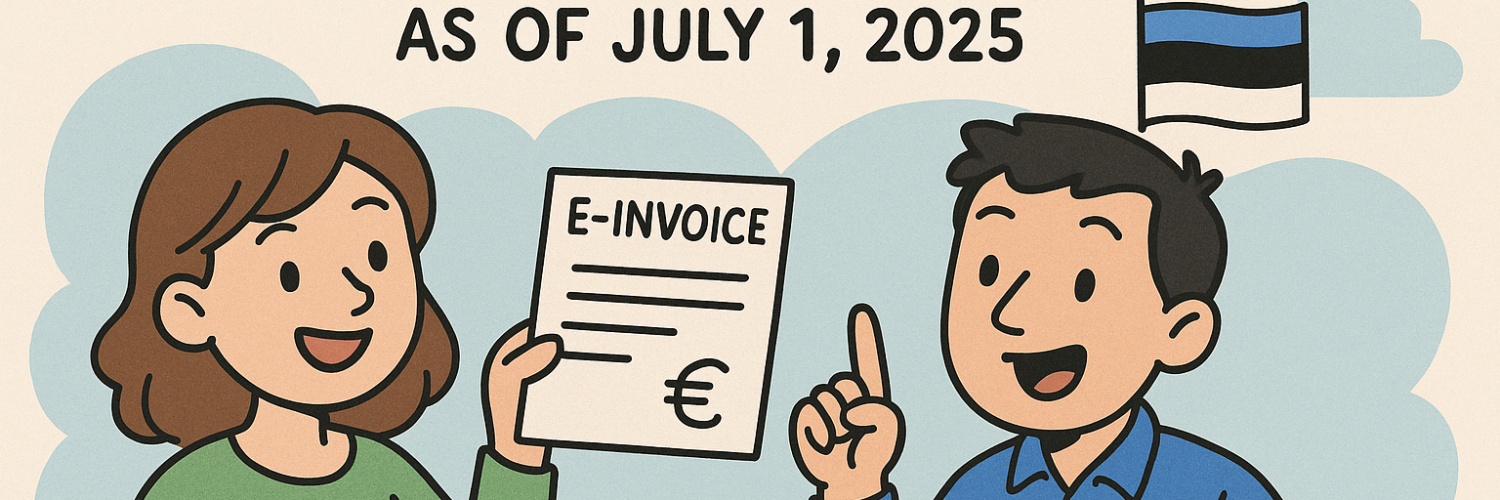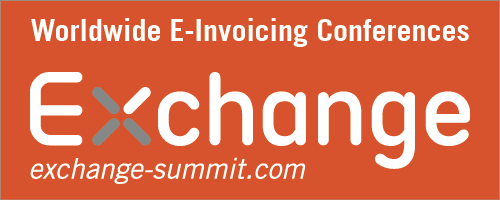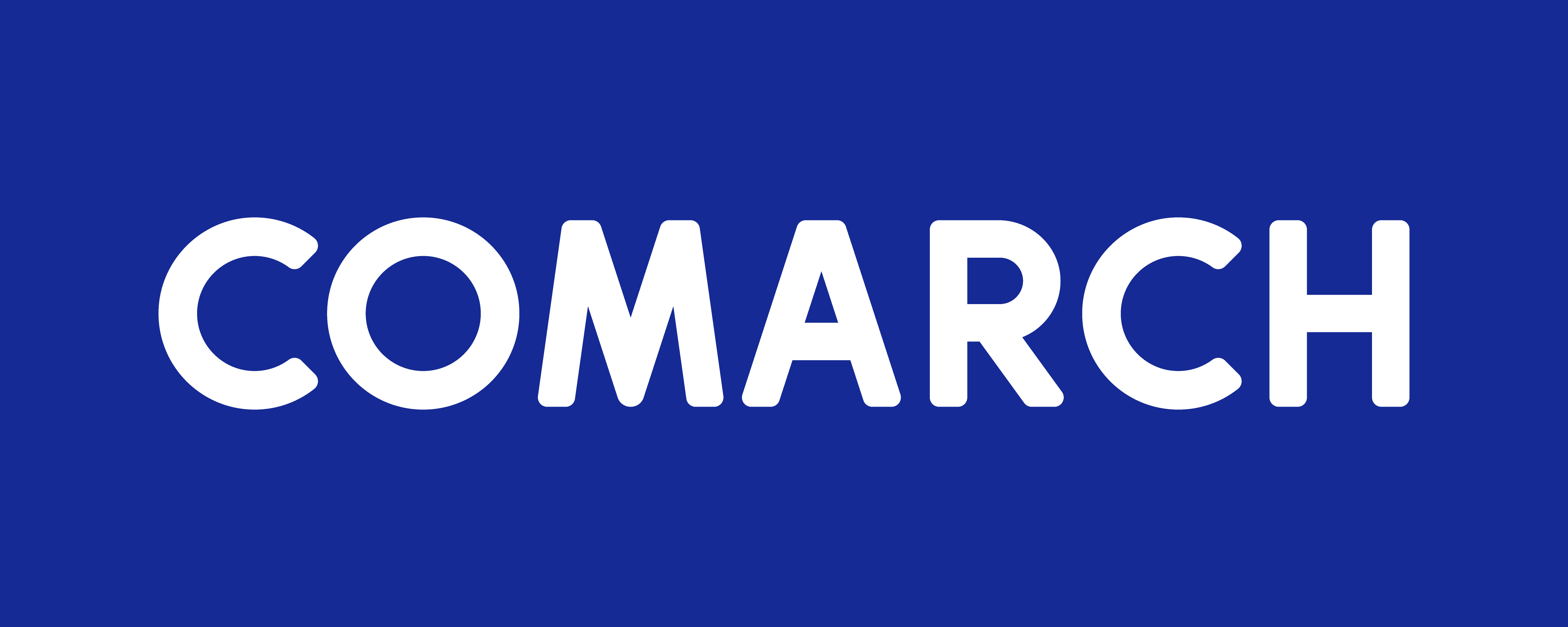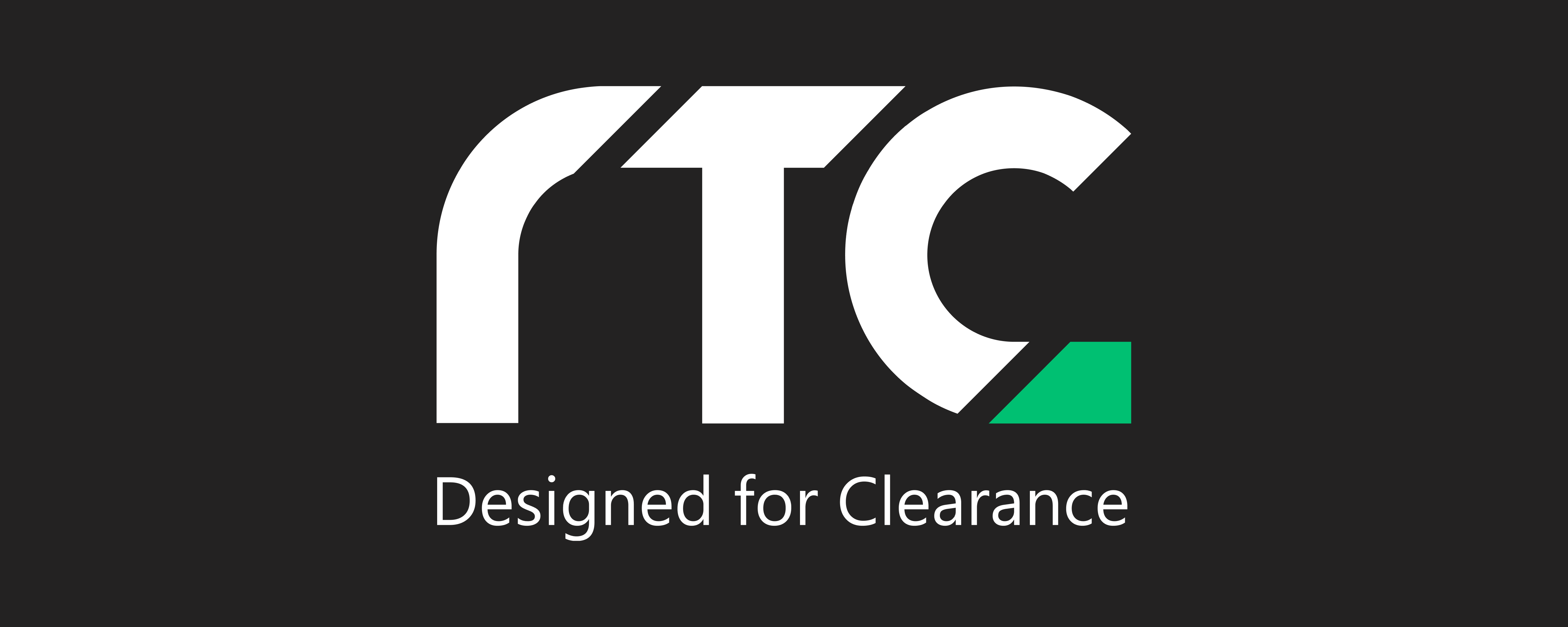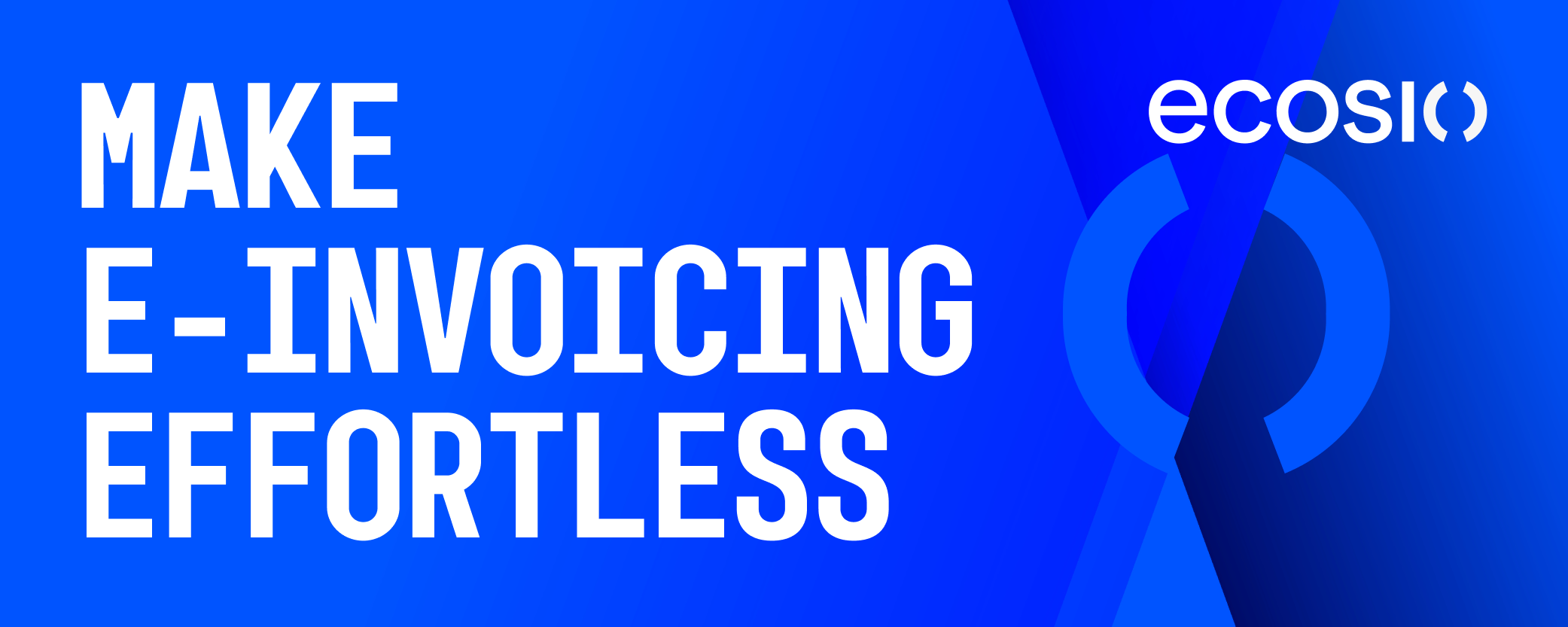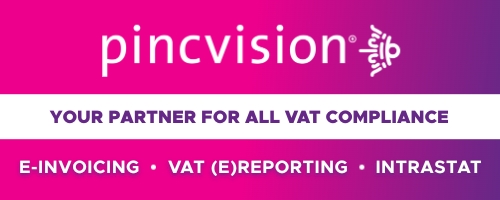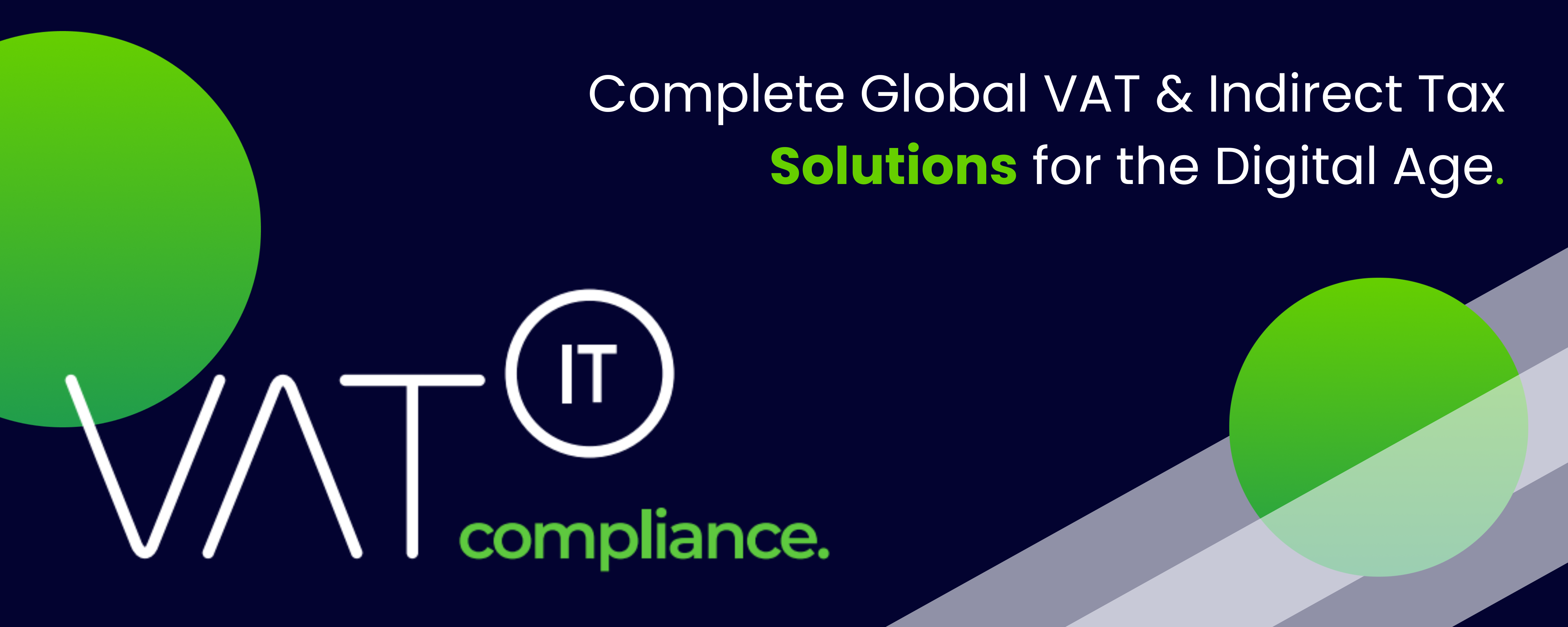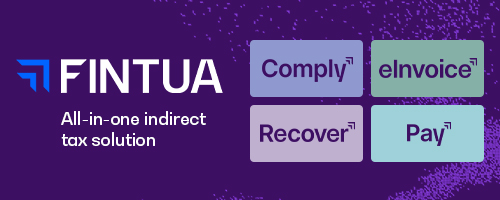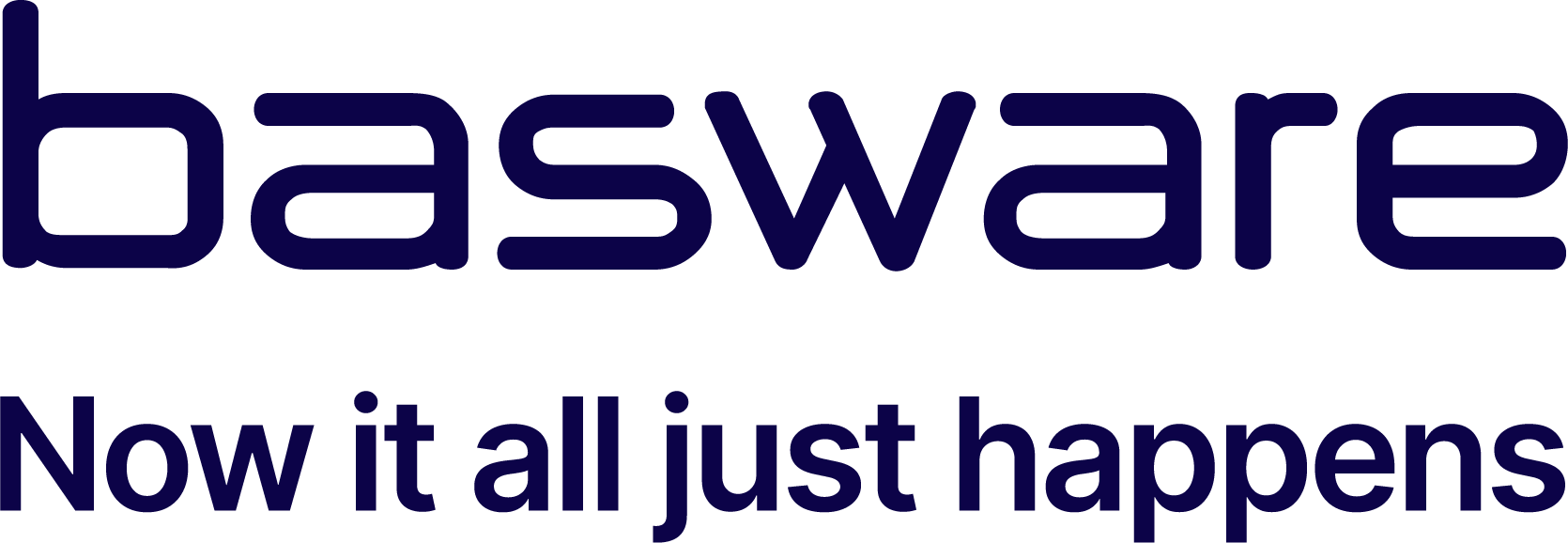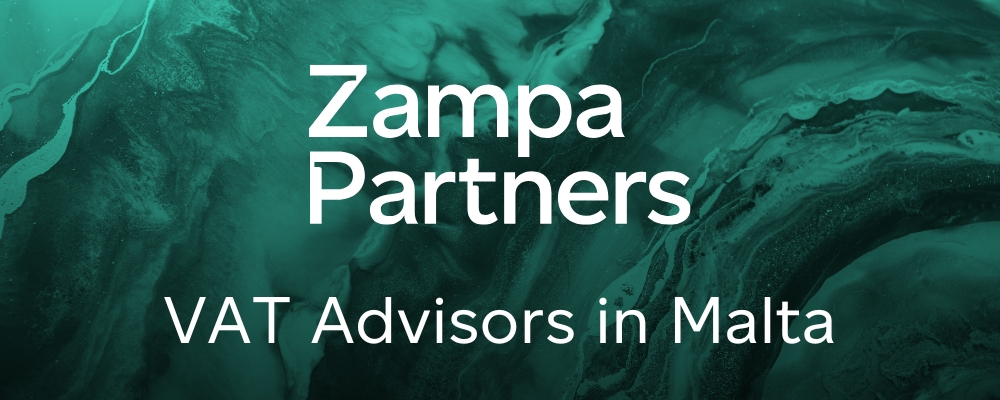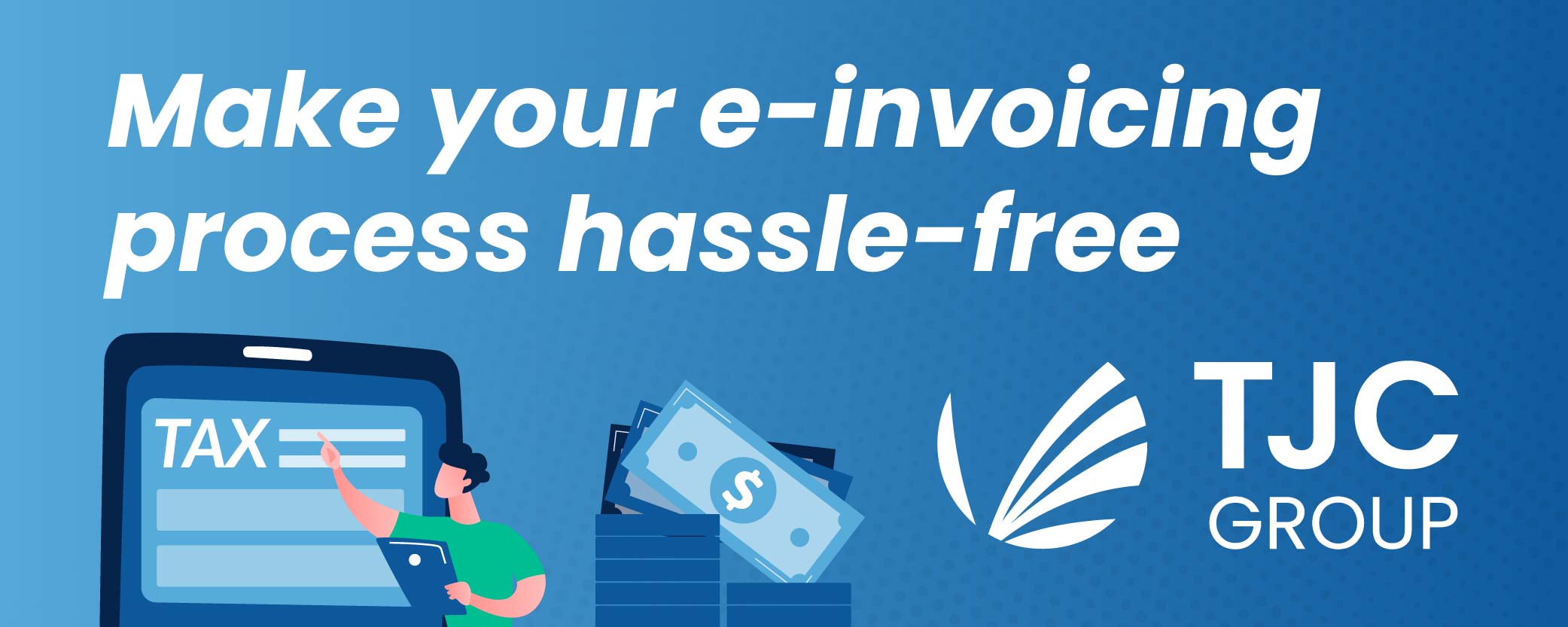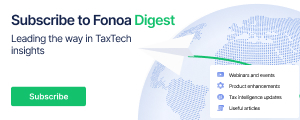Estonia has been a frontrunner in digitalising public and private sector processes, particularly with the adoption of e-invoicing. While e-invoicing has been mandatory for Business-to-Government (B2G) transactions since 2019, significant changes are coming into effect in 2025. These changes will shift the system to a “buyer’s choice” model, impacting both B2B and B2G transactions. The European standard for eInvoicing is fully implemented and mandatory under UBL, UN/CEFACT CII.
Key Themes and Facts:
- Current B2G Mandate: Since 2019, Estonian businesses selling goods or services to the government have been required to submit invoices in a standardized digital format. This has led to reduced paper usage and improved efficiency in the public sector.
- Shift to “Buyer’s Choice” in 2025: As of 1 July 2025, amendments to the Estonian Accounting Act will introduce a “buyer’s choice” system. This means buyers can choose to receive invoices as e-invoices or in traditional formats (e.g., PDF).
- “Under this new principle, buyers will have the right to decide how they want to receive invoices—whether in the traditional paper format (e.g., PDF) or as an e-invoice.”
- B2B E-Invoicing: While not mandatory before 2025, registered companies will be able to request e-invoices from their suppliers.
- “Buyers registered as e-invoice receivers may demand their suppliers to issue e-invoices”
- E-Invoice Recipient Registration: Entities registered as e-invoice recipients in the Estonian e-business register will have the right to request e-invoices from sellers. These registered companies are also required to issue e-invoices.
- “The right to request an e-invoice from the seller for the payment of goods or services will be available to all entities that are publicly registered as e-invoice recipients in the Estonian e-business register. These registered companies will also be required to issue e-invoices for transactions involving goods or services.”
- Standards and Formats:
- B2G: EN compatible formats, EVS 923:2014 and EVS 923:2014/AC:2017, PDF from foreign suppliers.
- B2B: No explicit requirements, but from 1 July 2025, the European standard on eInvoicing (EU EN16931) will be used by default if no other format has been agreed upon.
- Infrastructure:
- B2G: RIK/Peppol or contracted service providers.
- B2B: N/A
- Peppol Framework: Estonia utilizes the Peppol framework for cross-border e-invoicing, aligning with broader EU standardization efforts.
- “As part of broader efforts to standardise e-invoicing across the EU, the Peppol framework allows for cross-border e-invoicing between businesses and government entities.”
- Estonian E-Invoice Standard: The Estonian e-invoice format is more widely adopted within the country.
- “Introduced before the European Peppol standard, the Estonian e-invoice format has become the more widely adopted system in the country.”
- Archiving: E-invoices for movable property must be archived for 7 years and for immovable property for 10 years. Archiving abroad is allowed if invoices can be quickly submitted to the tax authority if necessary.
- VAT Act Amendments (Potential): Amendments to the VAT Act are expected to be drafted in 2025, potentially leading to mandatory e-invoicing for all VAT subjected B2B transactions, with a possible implementation date of 2027.
- “The plan also involves developing a draft amendment to the VAT Act considering: The introduction of mandatory eInvoicing for all VAT subjected B2B transactions.”
- Decentralized Processing: Estonia employs a decentralised approach for processing e-invoices, where public sector entities receive invoices individually instead of through a central platform.
- E-Invoicing Service Providers: Several private service providers (e.g., Billberry, E-arveldaja, Finbite, Telema, Unifiedpost) offer e-invoicing exchange services. The government does not mandate or recommend any specific provider.
- “Estonia’s private sector eInvoicing service providers include: Billberry, E-arveldaja, Finbite, Telema, Unifiedpost.”
- RIK eFinancials: RIK (Centre of Registers and Information Systems) offers an automated accounting software (eFinancials) which businesses can use free of charge for sending e-invoices to public sector organisations.
- Digital Reporting Requirements: Estonia has introduced the obligation to report VAT transactional data by filling in the appendix to the VAT return (the KMD INF form) since January 2016.
Implications:
- Businesses need to be aware of the upcoming changes in 2025 and prepare for the “buyer’s choice” system.
- Companies should evaluate their current e-invoicing capabilities and consider registering as e-invoice recipients.
- Familiarity with both the Estonian and European e-invoicing standards (EVS 923:2014 and EU EN16931) is important.
- The potential introduction of mandatory B2B e-invoicing in the future requires ongoing monitoring of legislative developments.
Recommendations:
- Monitor updates from the Ministry of Finance regarding the VAT Act amendments.
- Evaluate and select appropriate e-invoicing solutions and service providers.
- Ensure accounting software and ERP systems are compatible with the required e-invoicing standards.
Sources
- See also
- Join the Linkedin Group on Global E-Invoicing/E-Reporting/SAF-T Developments, click HERE
Latest Posts in "Estonia"
- Estonia Implements Mandatory E-Invoicing and Tax Reforms to Combat Fraud
- July Sees 28 Million Euro VAT Revenue Boost, 161 Million Euro Increase Year-to-Date
- Estonia Urged to Reduce VAT on Food to Potentially Lower Consumer Prices
- Jana Guzanova Submits Petition to Lower Food VAT to Riigikogu with 98,000 Signatures
- eInvoicing in Estonia


